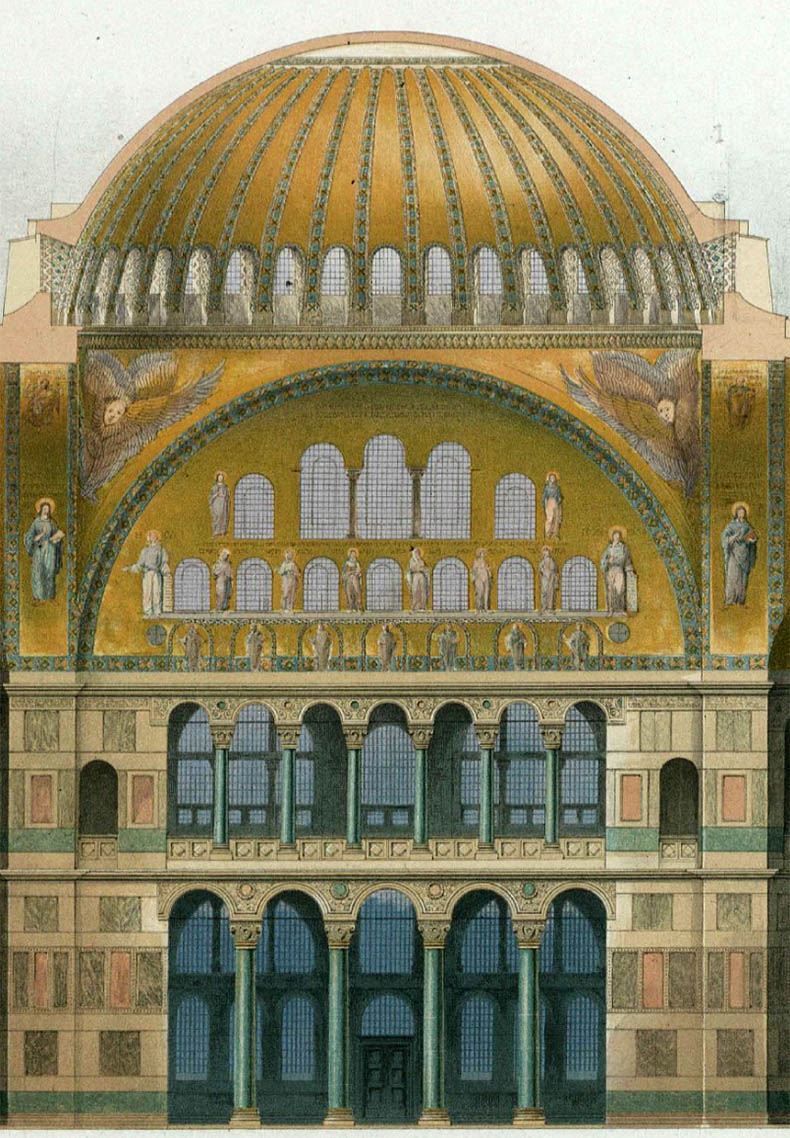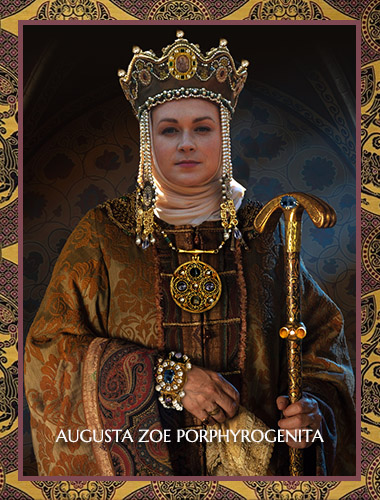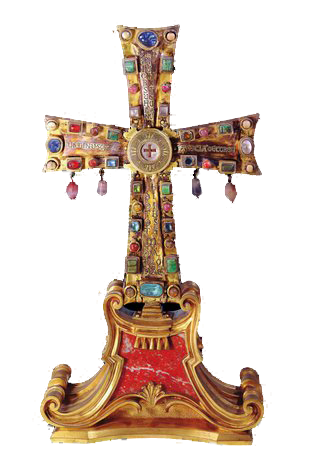
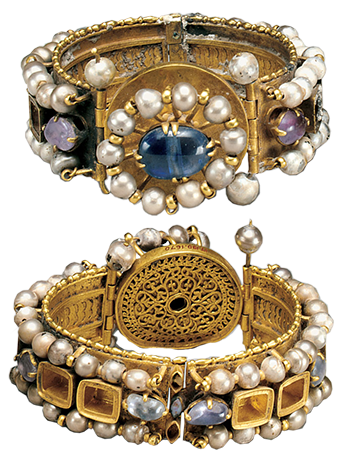
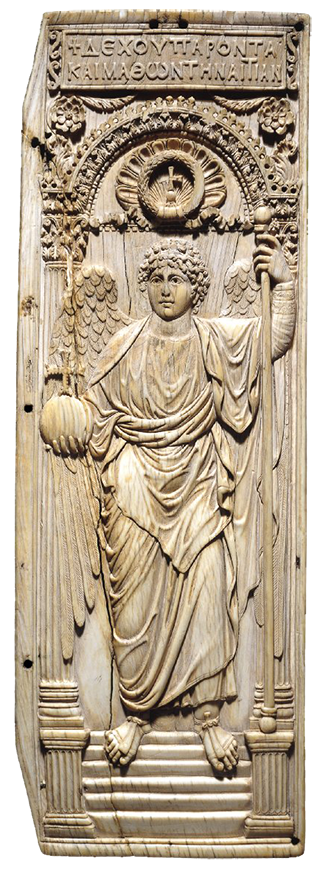
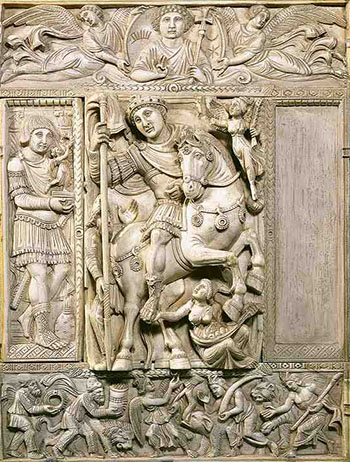

Procopius - His Description of Hagia Sophia from 537AD
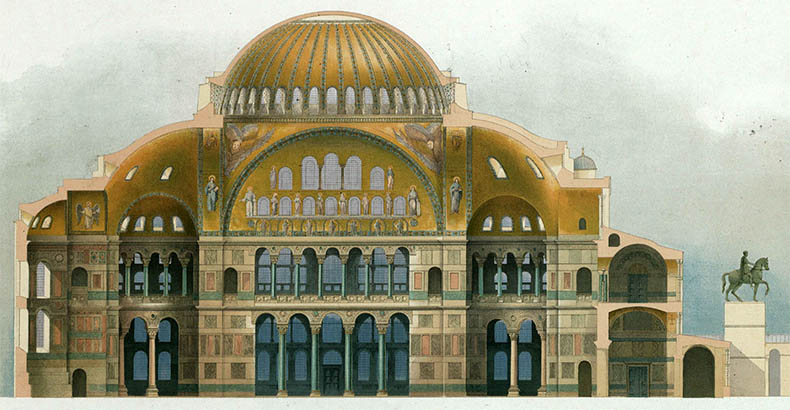
The emperor, thinking not of cost of any kind, pressed on the work, and collected together workmen from every land. Anthemius of Tralles, the most skilled in the builder's art, not only of his own but of all former times, carried forward the king's zealous intentions, organized the labors of the workmen, and prepared models of the future construction. Associated with him was another architect [mechanopoios] named Isidorus, a Milesian by birth, a man of intelligence, and worthy to carry out the plans of the Emperor Justinian. It is indeed a proof of the esteem with which God regarded the emperor, that he furnished him with men who would be so useful in effecting his designs, and we are compelled to admire the wisdom of the emperor, in being able to choose the most suitable of mankind to execute the noblest of his works....
[The Church] is distinguished by indescribable beauty, excelling both in its size, and in the harmony of its measures, having no part excessive and none deficient; being more magnificent than ordinary buildings, and much more elegant than those which are not of so just a proportion. The church is singularly full of light and sunshine; you would declare that the place is not lighted by the sun from without, but that the rays are produced within itself, such an abundance of light is poured into this church....
Now above the arches is raised a circular building of a curved form through which the light of day first shines; for the building, which I imagine overtops the whole country, has small openings left on purpose, so that the places where these intervals occur may serve for the light to come through. Thus far I imagine the building is not incapable of being described, even by a weak and feeble tongue. As the arches are arranged in a quadrangular figure, the stone-work between them takes the shape of a triangle, the lower angle of each triangle, being compressed where the arches unite, is slender, while the upper part becomes wider as it rises in the space between them, and ends against the circle which rests upon them, forming there its remaining angles. A spherical-shaped dome standing upon this circle makes it exceedingly beautiful; from the lightness of the building, it does not appear to rest upon a solid foundation, but to cover the place beneath as though it were suspended from heaven by the fabled golden chain. All these parts surprisingly joined to one another in the air, suspended one from another, and resting only on that which is next to them, form the work into one admirably harmonious whole, which spectators do not dwell upon for long in the mass, as each individual part attracts the eye to itself.
No one ever became weary of this spectacle, but those who are in the church delight in what they see, and, when they leave, magnify it in their talk. Moreover it is impossible accurately to describe the gold, and silver, and gems, presented by the Emperor Justinian, but by the description of one part, I leave the rest to be inferred. That part of the church which is especially sacred, and where the priests alone are allowed to enter, which is called the Sanctuary, contains forty thousand pounds' weight of silver.
